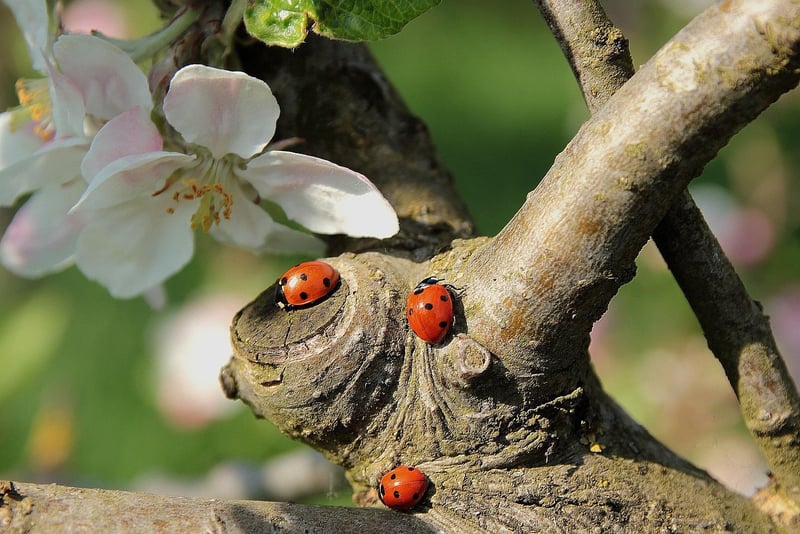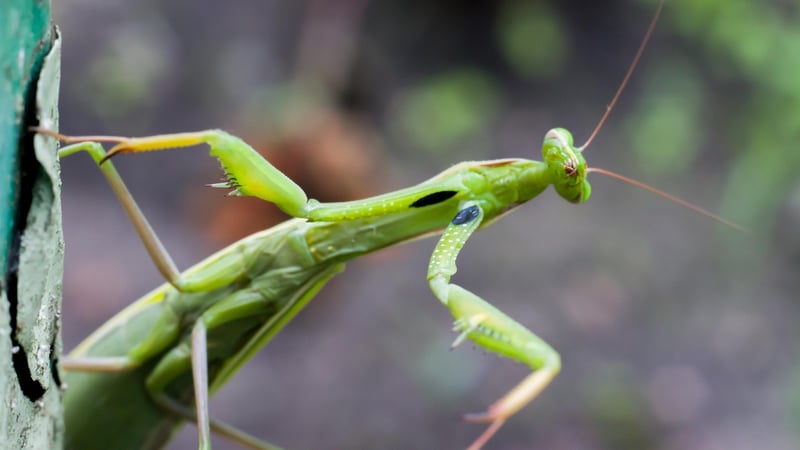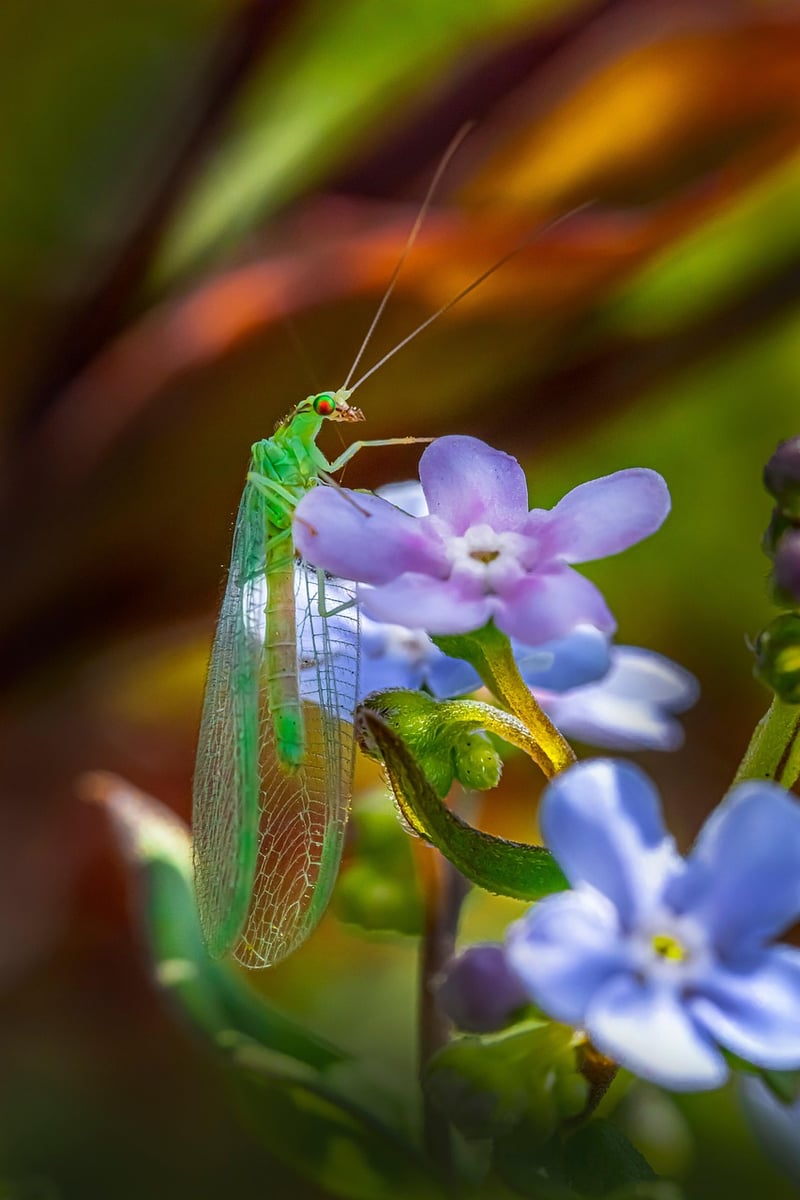Natural Predators
Protect Your Plants from Pests Sustainably
Keeping your plants safe from pests can be a challenging task, especially if you prefer natural and sustainable methods over chemical solutions. By utilizing natural predators, you can effectively control pest populations in your garden while maintaining an eco-friendly approach.
1. Ladybugs
Ladybugs are one of the most well-known beneficial insects for controlling pests. They feed on aphids, mealybugs, and other soft-bodied insects that can damage your plants. By releasing ladybugs into your garden, you can help keep these harmful pests in check.

2. Praying Mantis
Praying mantises are voracious predators that consume a wide variety of insects, including caterpillars, beetles, and even other beneficial insects. These stealthy hunters can be a valuable asset in your garden to control pest populations naturally.

3. Lacewings
Lacewings are known for their delicate appearance but fierce appetite for aphids, mealybugs, and other soft-bodied pests. Their larvae, in particular, are efficient predators that can help protect your plants from harmful insects.

Introducing these natural predators into your garden can create a balanced ecosystem where beneficial insects help control pest populations without the need for harmful chemicals. By promoting biodiversity and sustainability, you can protect your plants while supporting a healthy environment.
Remember to research the specific needs of each predator and provide a suitable habitat to encourage their presence in your garden. With the right approach, you can enjoy a pest-free garden that thrives in harmony with nature.
